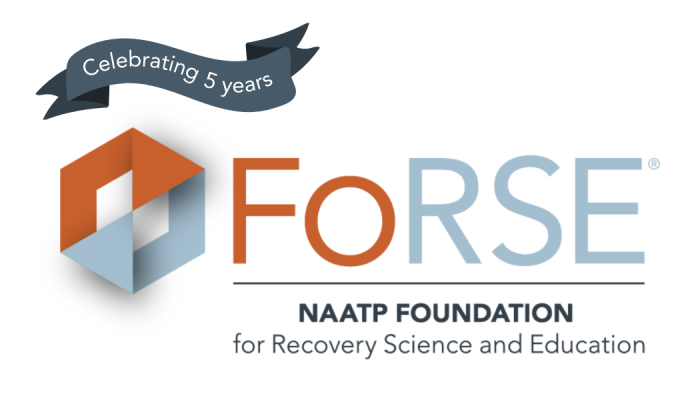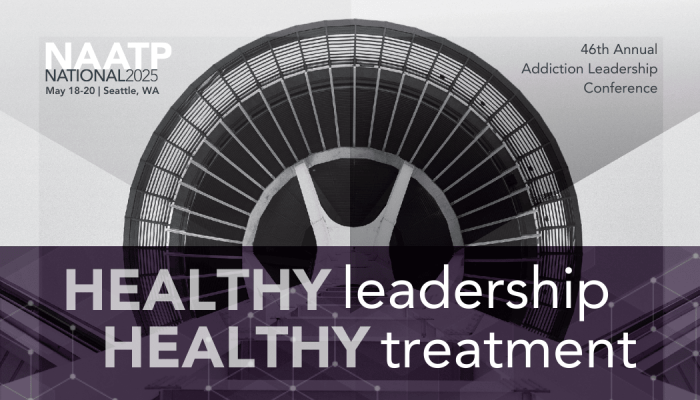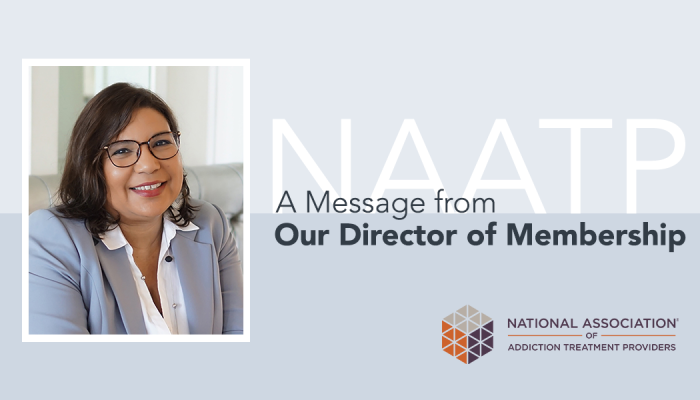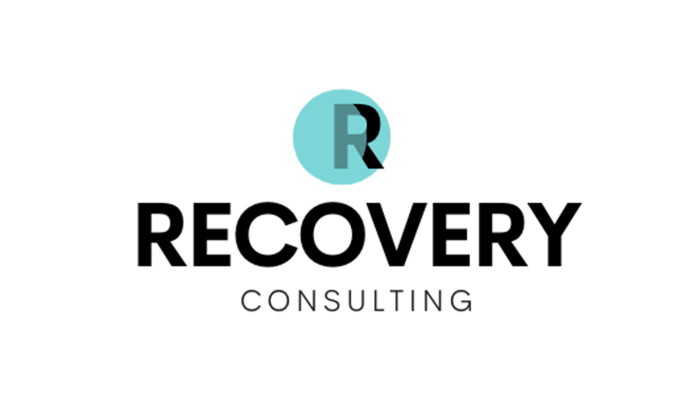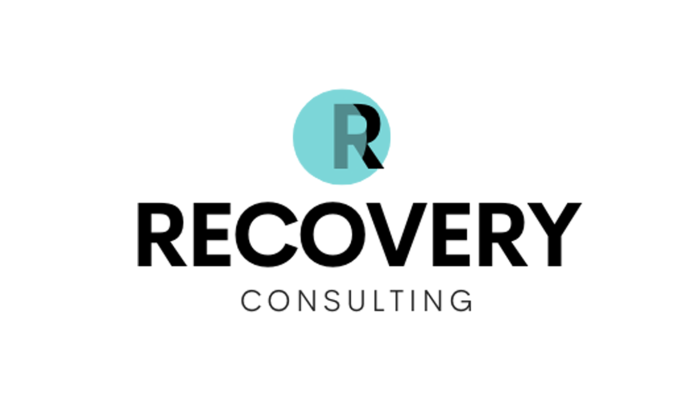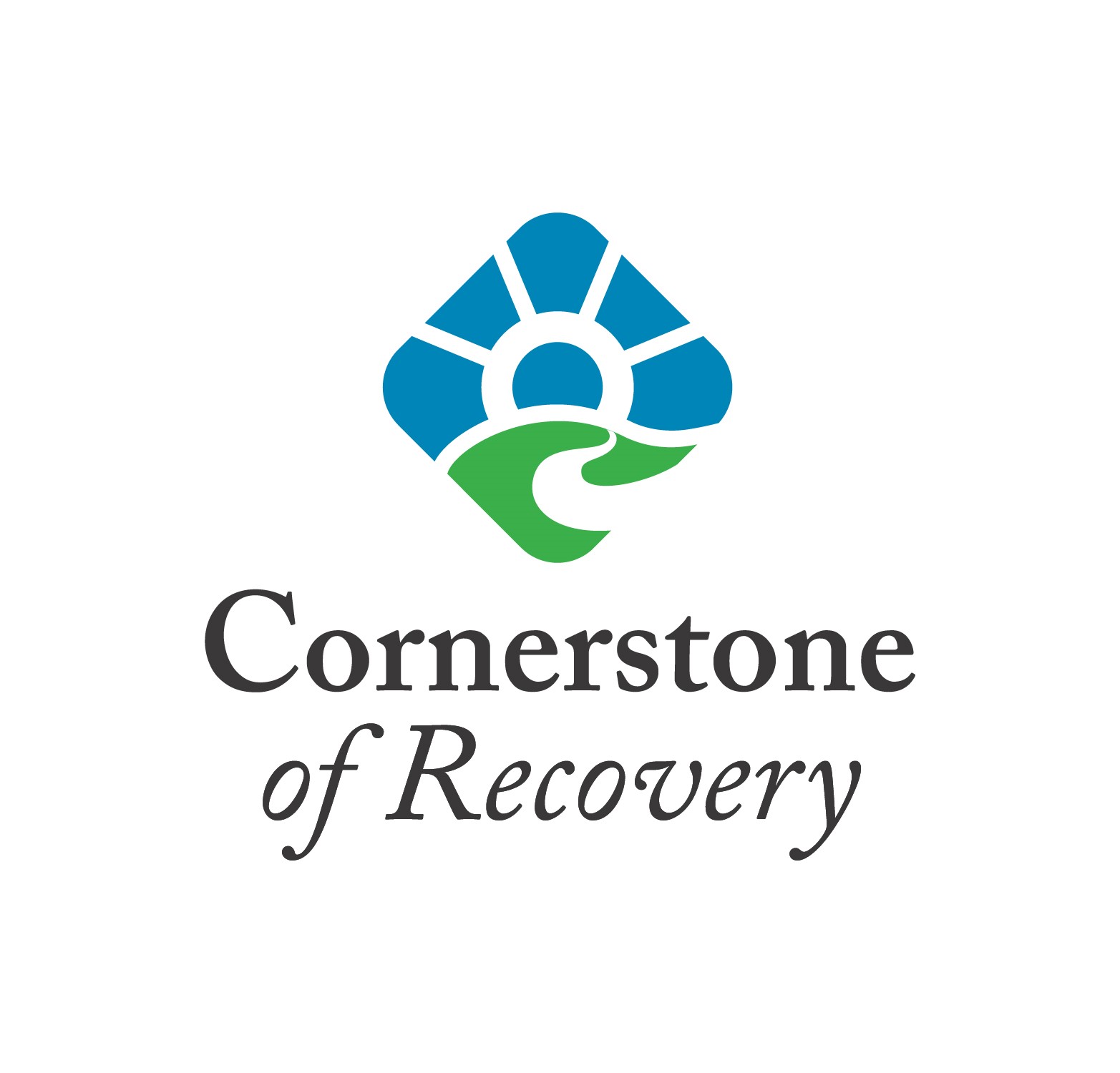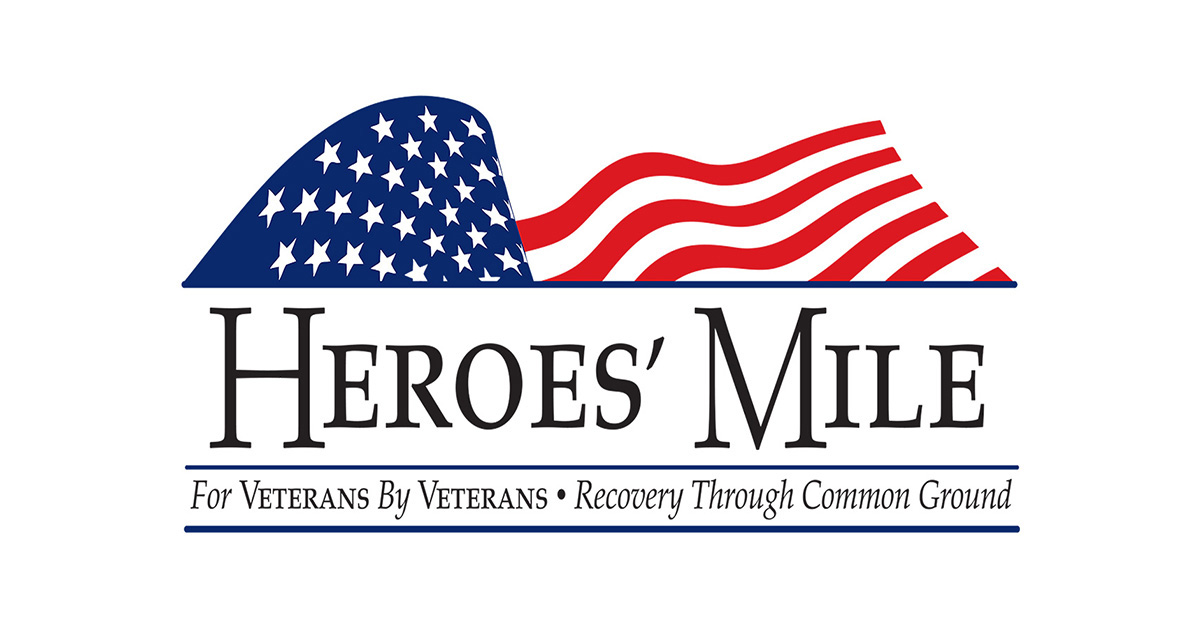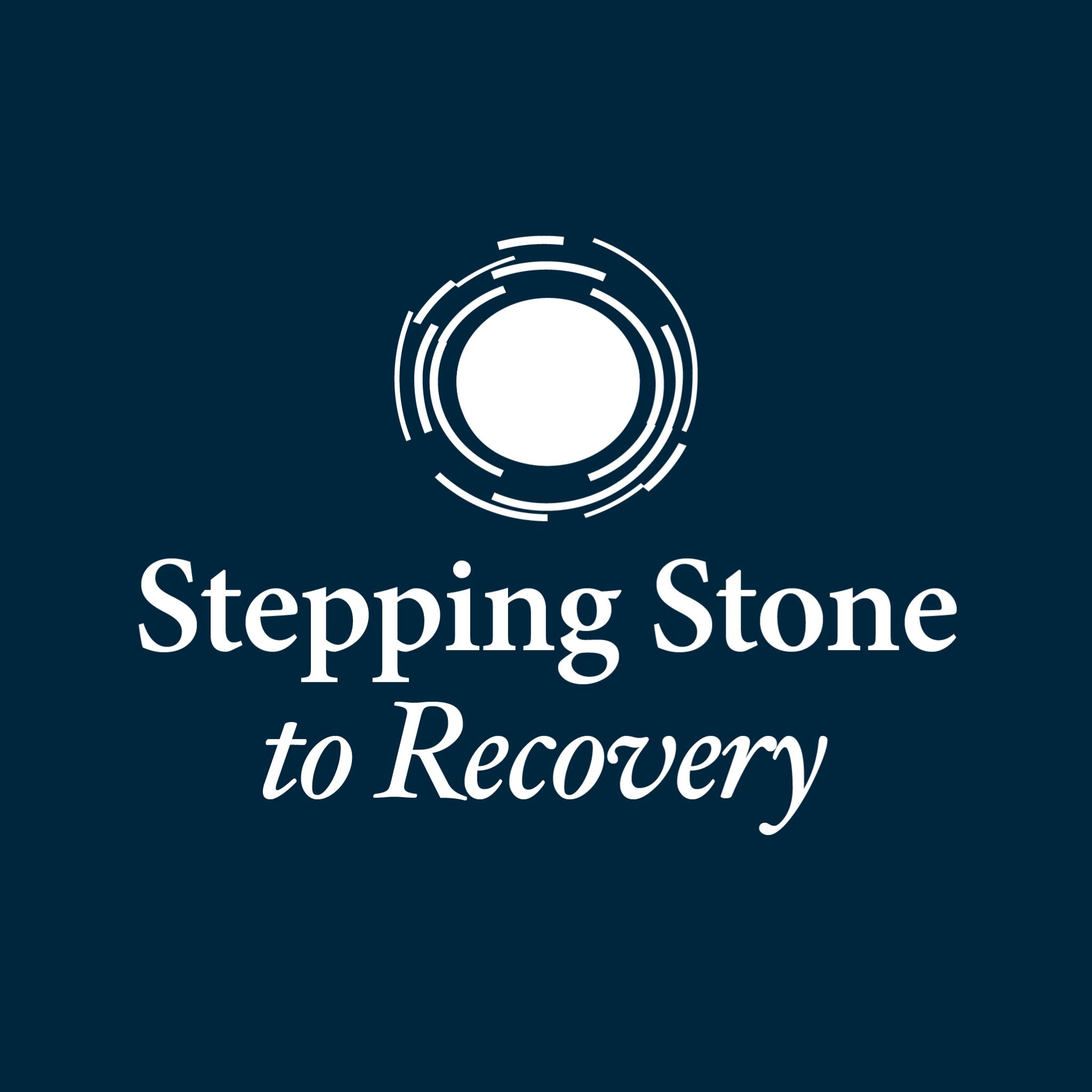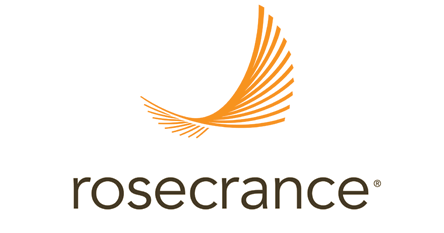May 30, 2024
This article was written by Gary Enos and originally published on May27th, 2024 in the Alcoholism & Drug Abuse Weekly; Volume 36, Number 21 and features NAATP CEO, Marvin Ventrell, and FoRSE Executive Director, Annie Peters, features insights from NAATP CEO Marvin Ventrell and FoRSE Executive Director Annie Peters, based on their talks at the 2024 NAATP National Leadership Conference in Denver, Colorado.
On a conference day that National Association of Addiction Treatment Providers (NAATP) CEO Marvin Ventrell dubbed “science day,” one statistic stood out to qualify as the data point of the day. The chief science officer at Cumberland Heights Foundation, an active participant in NAATP's groundbreaking Foundation for Recovery Science and Education (FoRSE) outcomes project, cited 2023 readmission statistics across all levels of care in the Nashville-based organization. At one-year post-discharge, patients whose treatment stay had been shorter than 30 days had a readmission rate of 25%. For those whose stay had been longer than 30 days, the readmission rate was only 3%.
At one-year post-discharge, patients whose treatment stay had been shorter than 30 days had a readmission rate of 25%.
Then, to illustrate the ongoing effort that will be needed to translate treatment center data to meaningful policy change within the industry, Cumberland Heights' Nick Hayes, Ph.D., had this quick reply when asked if payers have reacted to the data by offering more treatment days: “Not yet.”
The May 21 session at NAATP's 45th annual Addiction Leadership Conference outlined the progress of the FoRSE project, for which 103 NAATP member and non-member treatment providers are now sharing data on who their patients are, what services they are receiving and what outcomes they are experiencing.
While the data included in the just-released 2024 FoRSE annual report cannot be extrapolated to all programs nationally, the numbers do offer some compelling benchmarking opportunities for facilities. For example, 2023 data from participants show an average rate of patients leaving treatment against medical advice (AMA) of 16%. Sixty-three percent of patients were not on medication-assisted treatment at discharge, while naltrexone slightly outpaced buprenorphine as the most widely used medication in the reporting facilities.
The FoRSE report's aggregate data were in line with Cumberland Heights' findings regarding the benefits of longer stays in treatment, showing fewer post-discharge substance-using days and emergency department visits and enhanced quality of life overall (see “Annual Outcomes Study from NAATP,” ADAW, May 17, 2024). The numbers also illustrated the challenges associated with treating patients with high psychiatric comorbidity, as this group was 20% more likely not to complete treatment, 60% more likely to return to substance use post-discharge, attended 64% fewer peer support meetings and had over 35% more emergency department visits post-treatment than other patients. “This is why we need co-occurring capable programs,” said FoRSE Executive Director Annie Peters, Ph.D
Peters added that the overall data help to validate the idea that “treatment is a recovery accelerator.”

Becoming data-informed
The message from Cumberland Heights' Hayes around becoming a data-informed organization was that it is both necessary and not easy — or inexpensive.
“Our future ability to advocate for our programs will be grounded entirely in data,” Hayes said.
When Hayes was hired at Cumberland Heights around six years ago, there had been little data-driven analysis of whether the organization's treatment practices were working. He recalled that the first analysis he undertook examined the reasons why some Cumberland Heights patients were leaving treatment AMA. It found that the biggest predictor of an AMA was having a previous AMA.
These days, the organization's commitment to filling in gaps in data has resulted, for example, in reducing missing data on patient race/ethnicity from 70% of cases to zero, Hayes said. Cumberland Heights decided to host its data in-house and spent $200,000 on the necessary server and software. The organization employs three technical staff members who each earn between $115,000 and $130,000 a year.
In the data analysis arena, “You get what you pay for,” Hayes said. He said he believes that sound data management practices “will support our ability to increase access to recovery, improve our programs and communicate with external stakeholders,” including patients, payers and policymakers.
“(FoRSE) will support our ability to increase access to recovery, improve our programs, and communicated with external stakeholders"
Peters told ADAW that the effort and cost involved in providers furnishing data to an application programming interface (API) that allows FoRSE to access each participant's de-identified data have delayed or blocked some providers from participating.
NAATP's public policy representative Mark Dunn said the data in the latest FoRSE report will prove invaluable as he constantly works to counteract stigma in his advocacy work in Washington, D.C.
While the latest FoRSE report offers an important demographic snapshot of participants' patients — predominantly white, male and privately insured, and in more than half of cases, primarily alcohol-using — it also illustrates the diversity of ways in which programs are collecting data. The report states that the most commonly used patient outcome measure among participating organizations is the Patient Health Questionnaire-9, a depression screen, followed by the General Anxiety Disorder-7.
“Are these the best measures? We don't know,” said Peters, pointing out that the substance use treatment field still lacks its version of a blood pressure cuff in general medicine.
Maintaining eye on ethics
Ventrell, who remarked at the conference that “FoRSE is the biggest thing we've ever done,” opened the meeting by citing several dichotomies between the values that built the industry and the new thinking that is dominant today. He emphasized that as the field moves toward its rightful and necessary place in mainstream health care, it must hold on to its center, which he characterized as “transformation of persona from sickness to wellness.”
“FoRSE is the biggest thing we've ever done,” said NAATP CEO, Marvin Ventrell.
Maintaining a firm commitment to ethical practice remains an integral part of this effort, session attendees suggested. At a May 20 session on ethics titled “Enough Is Enough: Setting New Trends in Ethics,” NAATP Director of Quality Assurance Peter Thomas said, “We're starting to see a resurgence in problem practices,” particularly in facility marketing.
David Gomel, president and CEO of Rosecrance Health Network, related the sadly unsurprising reason why his Midwest treatment organization recently lost an employer-based contract. One of the employer's workers had called a phone number posted online that was purported to be for Rosecrance, only to be told that the organization had no available beds in Illinois or Iowa and the person would be sent instead to California.
With the employee and employer eventually staring at a $100,000 unpaid bill for treatment from another provider, Rosecrance took a hit on its reputation through no fault of its own, an all-too-common scenario.
Thomas urged NAATP members to report complaints to the organization, as the dynamic nature of online searches these days complicates NAATP's effort to identify problem practices. He said only three marketing-related complaints have come into the organization so far this year, which he said hardly reflects what is likely happening in the marketplace.
ABOUT THE AUTHOR
Gary Enos has covered public policy, business and clinical issues in the addiction and mental health fields as a newsletter and magazine editor since 1994. Among the publications he has worked on are Alcoholism & Drug Abuse Weekly, Mental Health Weekly and The Brown University Psychopharmacology Update. He also served as editor of Addiction Professional magazine from 2003-2020. Prior to his work in behavioral health, he covered state and local government issues as a newspaper reporter, and he also has written extensively on topics affecting higher education institutions and nonprofit organizations. He is a graduate of Brown University and Northwestern University's Medill School of Journalism. He is a past recipient of the NAATP Michael Q. Ford Journalism award.





